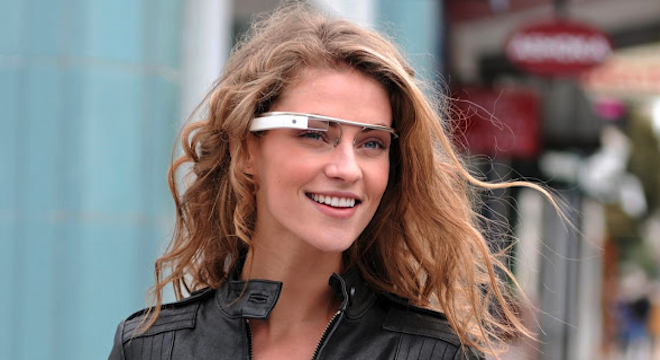Google on Wednesday finally confirmed the existence of, and showed off a prototype, of its long-rumored forthcoming computerized glasses, and the spectacles are eye-catching, to be sure, although perhaps not in the way Google might have intended.
“A group of us from Google[x] started Project Glass to build this kind of technology, one that helps you explore and share your world, putting you back in the moment,” Google wrote in a post on a new account for the glasses on its Google Plus social network. “We’re sharing this information now because we want to start a conversation and learn from your valuable input.”
Google posted several photos of people wearing its “Project Glass” glasses on Google Plus, along with a video of a first-person view of what Google hopes wearing the glasses will look and feel like.
The glasses rely on a technology called “augmented reality (AR),” which refers to the practice of layering digital information over the physical world, information only visible to specific people using the technology. A familiar example of an AR-type application is the yellow line that appears on the field on televised football games to mark the first down line.
However, Google’s vision for its “Project Glass” glasses is much more ambitious, with the video showing a person navigating their day in Manhattan as the spectacles show such information as weather, real-time map routes, appointment reminders and even allow for instant photos, video conferencing and voice-dictation of memos and emails.
That said, based on the photos posted of the glasses, it appears as though there are various different designs, all of them quite conspicuously sporting a visible camera apparatus in the upper right hand corner of the right lens. It is unclear just how unobtrusive the apparatus will be, for both the viewers and onlookers.
Google hasn’t said when the glasses will be available on the commercial market (if ever), or for how much they’ll retail. The New York Times previously reported that the glasses will be on sale by the end of 2012 for a price close to that of a high-end smartphone.






